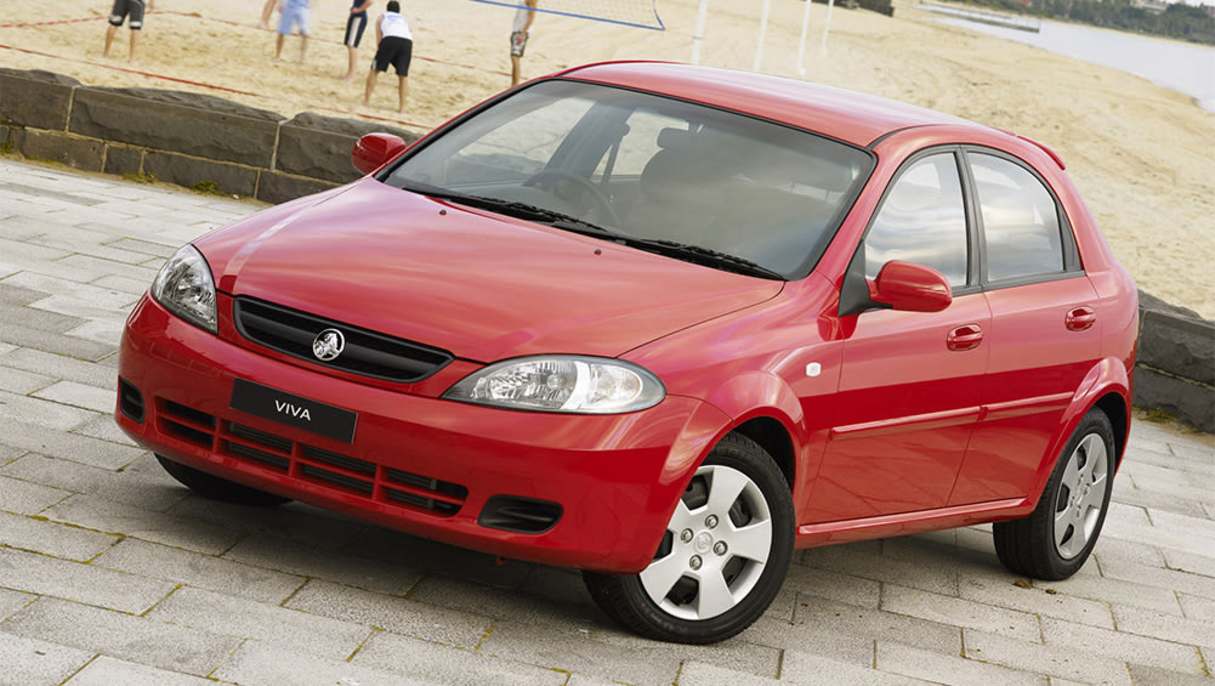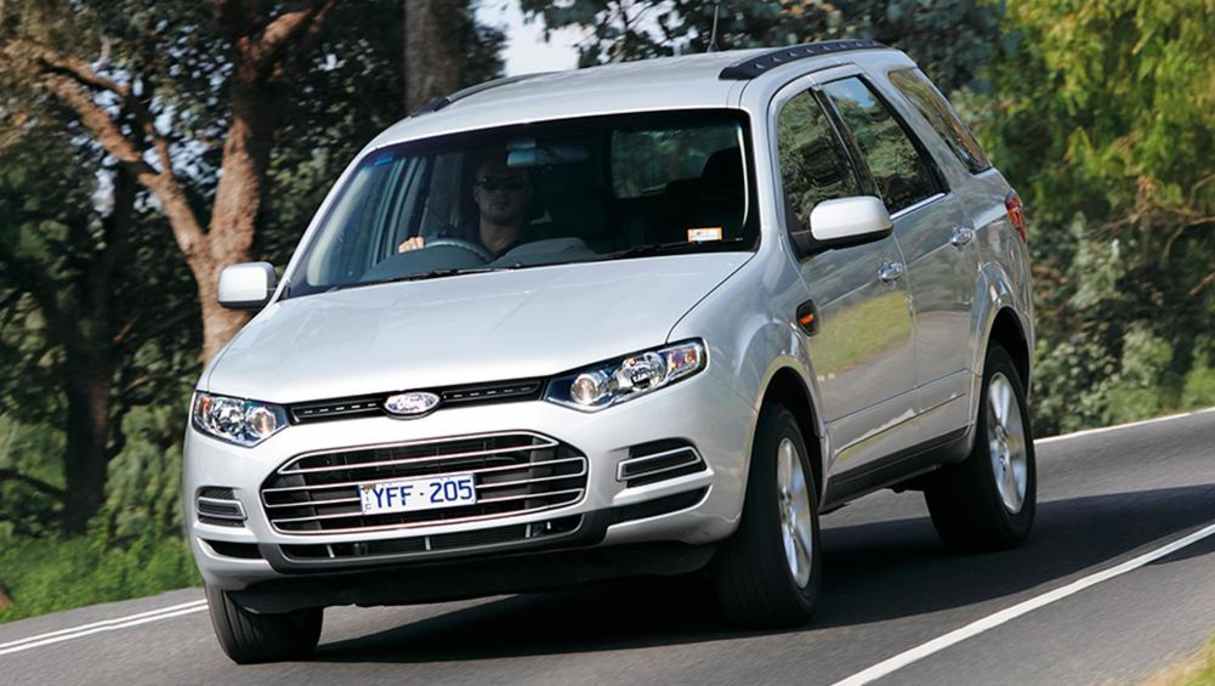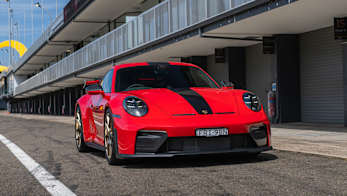They may appear like faceless corporations, but car companies are run by people. And people are not infallible.
Which means errors of judgment are common and understandable, particularly as the playing field that is the new-vehicle market is in constant flux while calls on future models must be made years in advance.
But some decisions remain astounding to this day.
-
The most important cars of the 21st century: Did your car make the cut into our top 10 cars of the first 25 years of the 2000s? What the Ford Territoy, BYD Atto 3, Mitsubishi Outlander, Tesla Model 3 and Mini Cooper have in common | Opinion
-
Holden at 75: know Australia's Own better and slay pub quizzes with essential facts from every year since 1948 til today
-
Holden Commodore SUV and other secret cars GM could've green lit but didn't: Could the planned Ford Territory, Toyota Kluger rival have saved the lion brand?
With the first quarter of this century already over, we take a look back at the biggest mistakes made by car makers in Australia over the past 25 years.
Holden ditching Opel for Daewoo
Holden enjoyed two golden eras.
The first happened during the early years, when GMH managed a still-unsurpassed 50 per cent market share in the late 1950s after just 10 years, and lasted until the awkward HD of 1965 stumbled, allowing a hungry Ford and emerging Japan to gain momentum.
Technically, it never recovered, since by the mid-1980s it only avoided bankruptcy by being split into two entities by parent General Motors. Which makes Holden’s second golden era even more remarkable.

For five years from 1997, the VT/VX Commodore models were number one. And, aided by the Opel-sourced Barina supermini, TS Astra small car and Vectra mid-sizer, Holden was flying high again. It was even GM’s most profitable outpost worldwide.
Where did it all go wrong? Yes, Holden did put all of its eggs in the 2006 VE Commodore basket, investing billions into a large car program (which included the Ford Territory-rivalling Nullarbor SUV), just when Australians gravitated towards smaller cars and SUVs.
However, the VE strategy did have merit, as it was to usher in massive exports to Buick, Pontiac, Opel, Saab and others globally, to help recoup costs. But GM, facing bankruptcy, cancelled almost all of these well into development.

In this context, Holden’s decision to phase out the German Barina, Astra and Vectra in 2005 for far-cheaper Daewoos made economic sense, especially as it had a financial stake in the Korean enterprise.
But the TK Barina, Viva and Epica were woefully inferior to the corresponding Opels they usurped, offering shameful quality, driveability and refinement, bludgeoning the brand’s reputation beyond redemption. And the Captiva, as the VE Nullarbor’s de facto SUV shoe-in, suffered from catastrophic unreliability.
Post-Daewoo, people didn’t trust Holden, even when the later Korean-made Trax and Cruze were substantially better. But, with the damage done and without a strong-enough foothold in popular sales segments, the Commodore Car Company was doomed after the final VF rolled off the assembly line.

Ignoring SUVs that could have saved Australian vehicle production
It’s amazing to think the Ford Territory from 2004 to 2016 was the only SUV ever manufactured in Australia, period.
The writing was on the wall for most sedans as far back as the mid ‘90s, more than half a decade after the original Suzuki Vitara of 1988 pioneered the concept, and a year or so into the Toyota RAV4’s march to world domination: SUVs were coming and buyers were going gaga for them.

The point here is that the Australian full-vehicle manufacturing industry as we knew it for nigh-on a century may have had a chance of surviving beyond October, 2017, if the global headquarters of GM, Toyota and Mitsubishi decided to build SUVs locally, instead of the sedans and hatchbacks that were fast falling out of favour by the mid-2000s.
Imagine if, for instance, instead of the failed 380 sedan, Mitsubishi had elected to replace the outmoded Magna on its Adelaide production line with the 2006 Outlander mid-sized SUV? Or Holden chose the 2010 Chevrolet Equinox instead of the Cruze small car?

We understand that the second-gen Toyota Kluger of 2007 was going to be built alongside the Camry in Altona to take on Territory, until Japan nixed the idea at the 11th hour.
And even the Territory’s enduring success, which ensured the survival of the Falcon it was based on, would have been greatly enhanced by a smaller SUV made alongside it in Melbourne. Because, until Ford Australia won the contract to design and engineer the global T6 Ranger ute, it was due to make the 2010 Focus small car; wouldn’t it have made more sense to have picked the 2012 Kuga/Explorer SUV over the small car?

Stalling the Territory diesel
In 2004, the Territory represented a new type of Australian family car, winning new buyers for Ford as well as a multitude of awards. Yet, despite strong sales, it could have been so much more successful.
A diesel engine was in the plan during the original SX model’s gestation, but was sidelined for a performance turbo-petrol variant once the Territory’s acknowledged father, Geoff Polites, handed over the company presidency to American, Tom Gorman.

This was terrible timing, as within a year of launch, oil prices spiked to record-highs in 2005, forcing buyers to consider more-economical alternatives. Ford had none on offer, so recommenced diesel development.
However, the Jaguar/Land Rover-based 2.7-litre V6 turbo-diesel didn’t arrive until the SZ Territory facelift of 2011, costing thousands of sales and – in all likelihood – accelerating the company’s withdrawal from vehicle manufacturing in Australia.
This country’s only SUV could have been so much more.

Dropping the Nissan Pulsar for Tiida
Fun fact: the Datsun Pulsar of 1980 was the first front-wheel drive Japanese small hatch in the Toyota Corolla class in Australia, eventually replacing the company’s long-lived and outmoded Sunny/1200/120Y series.
Built in Melbourne from 1983 until all local Nissan production ceased in 1992, the Pulsar went on to become a small-car favourite and even spawned a Holden Astra version over two generations between 1984 and 1989.

These, along with iconic grades like the Turbo, Q, SSS, Reebok and Plus, kept sales humming along nicely.
But Nissan’s decision to discontinue the series in Japan for the smaller Tiida during the height of the Pulsar’s popularity in the mid-2000s proved disastrous. Australians disliked the oddball design and hated the name, relegating the series to the bargain-basement discounting bin. Alternatives like the wildly-successful Mazda 3 stepped up and Nissan never enjoyed another small-car success in this country to date, eventually giving up on small cars by going predominantly SUV by 2017.

Axing the four-cylinder Mitsubishi 380 just before launch
Mitsubishi has been a force in the Australian car market ever since the locally-made Sigma that was launched as a Chrysler in 1977 quickly challenged the Holden Kingswood (and later the Commodore) and Ford Falcon for sales supremacy.
The succeeding Magna scaled even greater heights, winning awards and gaining impressive export contracts over three generations and 20 years from 1985.

But SUVs had already decimated the sedan market by the time the Magna’s replacement, rebadged as the 380 to denote its big 3.8-litre V6 petrol engine, launched in October, 2005.
This was classic do-or-die stuff, since the latter’s success (or otherwise) determined whether Mitsubishi would continue making cars in Australia.
Unfortunately, many of the government fleets that previously purchased Magnas in droves had been mandated to switch to more-economical four-cylinder engined models in the wake of the 2005 oil crisis that saw petrol prices skyrocket, meaning the 380 was off the menu.

This was especially galling to Mitsubishi, which had planned for a 2.4-litre engine, but dropped it prior to the 380’s release due to expected low demand. But that was before the oil crisis.
Exacerbated by the lack of a wagon and rapidly declining demand for large sedans, sales tanked, and by early 2008, Mitsubishi had announced the closure of all Australian manufacturing.













.jpg)

.jpg)



.jpg)

.jpg)






.jpg)
.jpg)
